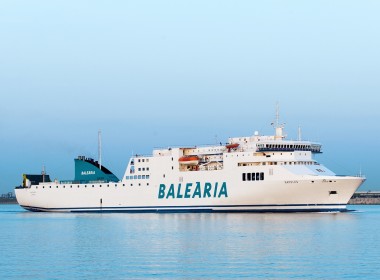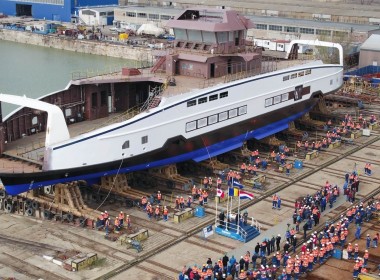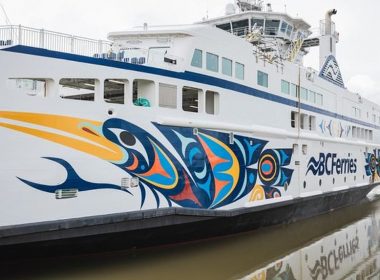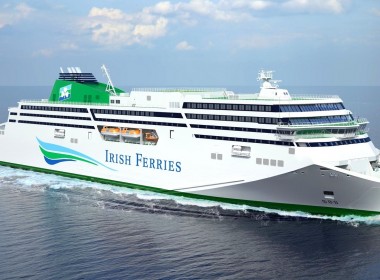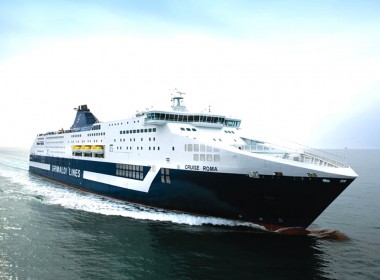Passenger Vessel News Roundup | December 15 – Large Finnish Ro-Pax, catamaran commuter ferries, and an LNG-fuelled cruise ship

An operator in Finland acquires a second large ferry for trips to and from Sweden while an Italian builder lays the keel for a future dual-fuel cruise ship. A UK design firm unveils a proposed commuter catamaran for North American customers. Finally, construction begins on a new inter-island ferry for the US Virgin Islands.
Finnlines takes delivery of second hybrid Ro-Pax in series
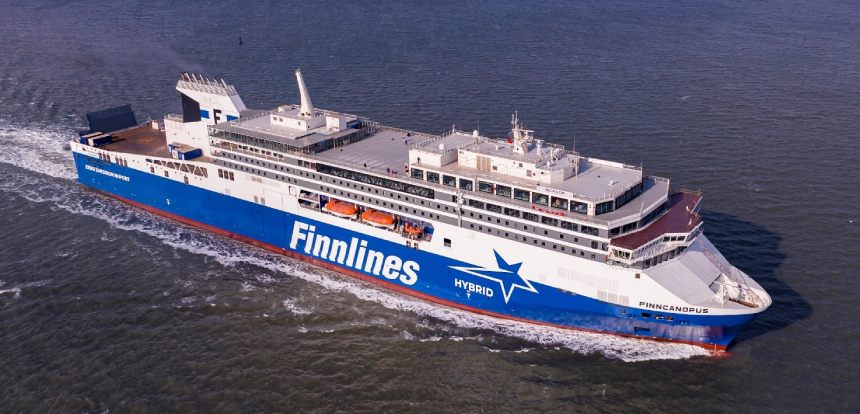
Finnish operator Finnlines has taken delivery of Finncanopus, the second in a series of two hybrid Ro-Pax ferries built by China Merchants Jinling Shipyard (Weihai).
As with earlier sister Finnsirius, the newbuild has a length of 235 metres, a beam of 34 metres, a draught of six metres, and capacity for 1,100 passengers and up to 5,100 lane metres of freight consisting of 200 cars and 300 lorries.
Also fitted are shore power connection facilities, a waste heat recovery system, and an auto mooring system to reduce turnaround times in port. While the vessel is at berth, the onshore power supply will provide an alternative source of energy to reduce reliance on the auxiliary engines, hence further reducing emissions and noise.
Finncanopus will operate on Finnlines’ Naantali–Långnäs–Kapellskär route between Finland and Sweden beginning in February 2024.
Keel laid for future LNG-fuelled ship for Princess Cruises
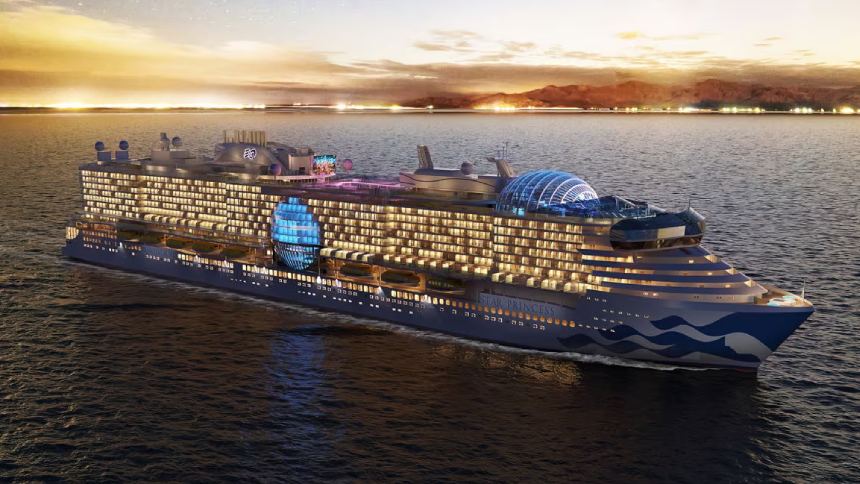
Italian shipyard Fincantieri has laid the keel of the second Sphere-class cruise ship for Princess Cruises.
Once completed, Star Princess will have accommodations for 4,300 guests as well as dual-fuel engines that can also run on LNG. Facilities will include 2,150 guest cabins, 29 restaurants, a spa, a theatre, a casino, and retail shops.
Delivery is scheduled for 2025.
Designer unveils fully electric ferry for North American market
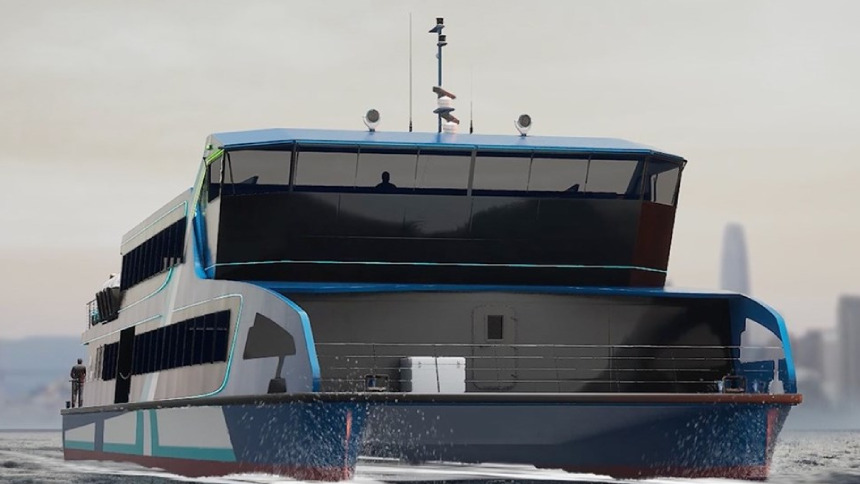
Naval architecture firm BMT has unveiled a new design of passenger ferry that will be powered entirely by electricity for operation in North American waters.
The 140-foot (42-metre) aluminium catamaran vessel will be able to accommodate 500 passengers plus four crewmembers. It can sail up to one hour at 18 knots or 40 minutes at a top speed of 20 knots.
The ferry will be optimised for operation along coastal and restricted service routes.
Future catamaran ferry to serve US Virgin Islands commuter and tour routes
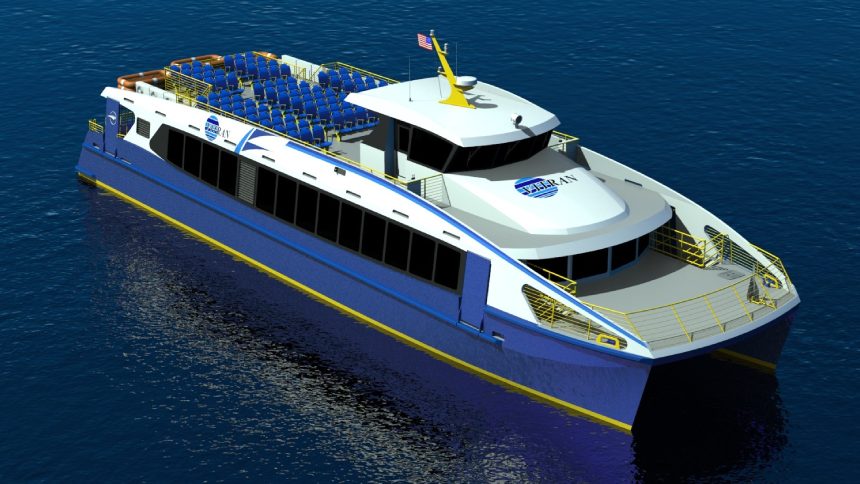
Louisiana shipbuilder Gulf Craft has begun construction of a new catamaran ferry for the government of the US Virgin Islands.
The new ferry will service the busy tourist and commuter route between Red Hook on the island of St Thomas, and Cruz Bay on the island of St John.
The vessel will be able to transport 300 passengers on two decks at speeds of up to 28 knots. Wing helm stations will also be provided for the captain to ensure safe berthing.


